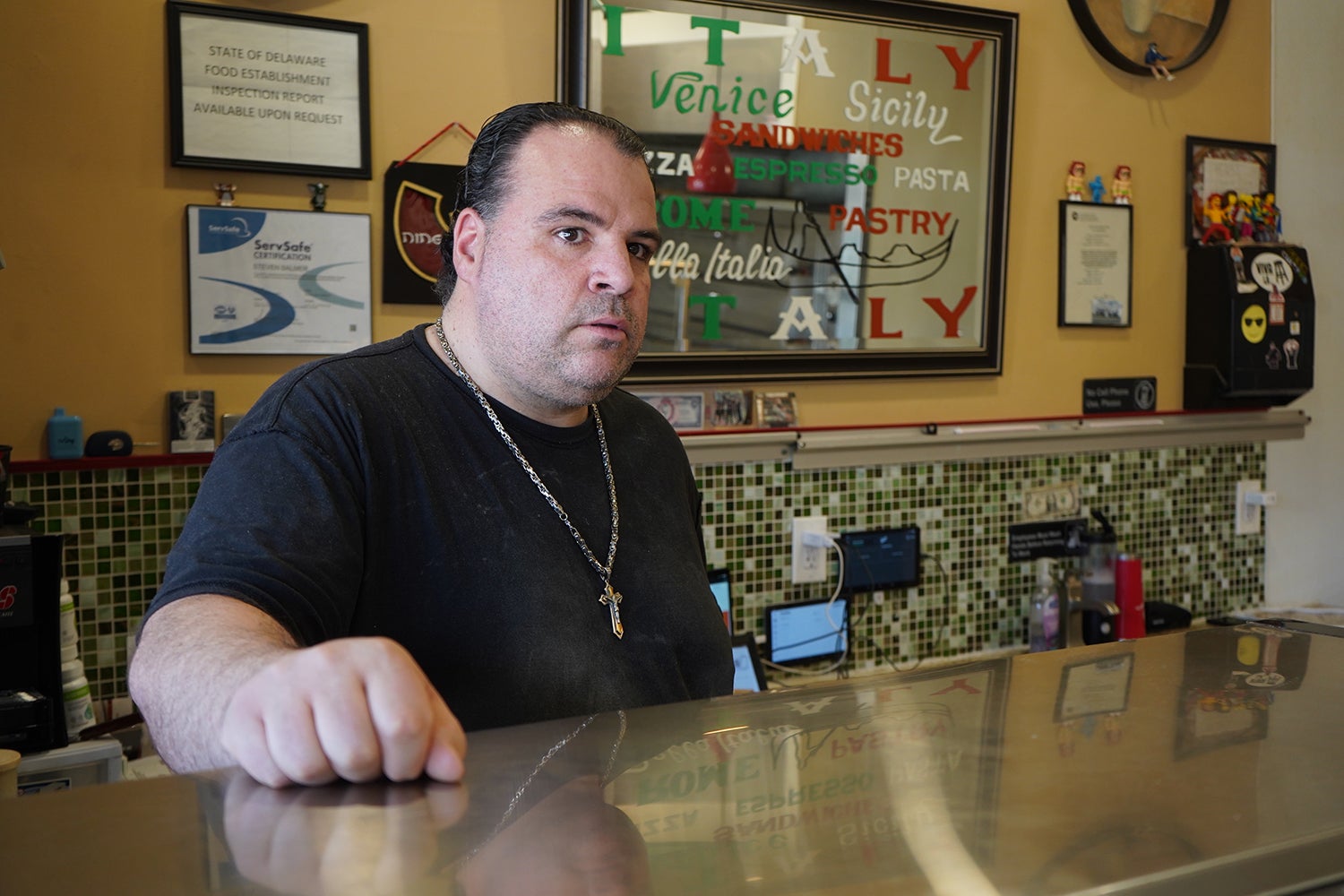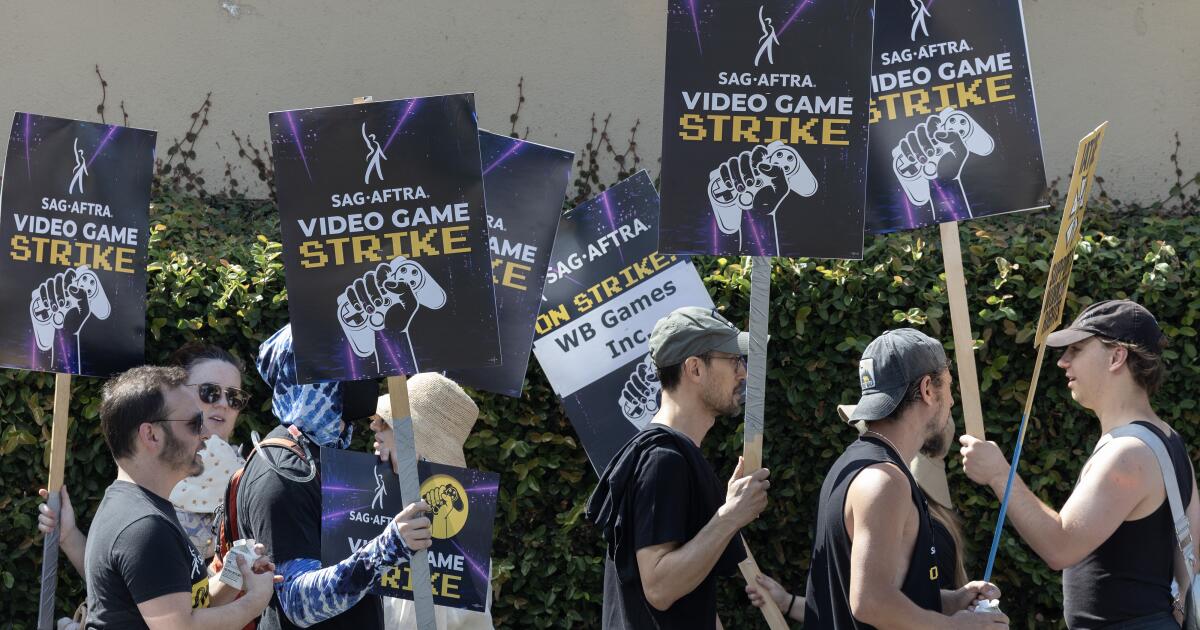Bussiness
Massive fire destroys pallet business on Chicago’s West Side

CHICAGO (CBS) — A massive pallet fire broke out at a building supply warehouse on Chicago’s West Side Tuesday evening.
The fire started at a building at 2029 W. Hubbard St. in the West Town neighborhood around 5:46 p.m., according to the Chicago Fire Department. Officials said pallets at a building supply warehouse were on fire.
Several fire trucks and ambulances were called to the 4-11 alarm fire. Some 300 firefighters and 80 different pieces of equipment were needed to battle the fire.
The pallet company has 18 employees and closes at 3 p.m. Officials said the building was a total loss.
Chicago Fire District Chief Jim McDonough said the fire appeared to start on the backside of the building. The company had about 20,000 pallets on site, all of which were stacked 6 to 10 feet high, and all of which burned.
Two firefighters had minor injuries.
CBS 2’s Kris Habermehl noted that hot, dry conditions, high winds, and the fire’s wooden source may make it very difficult for crews to battle the fire.
“It’s basically a gigantic bonfire is what it is,” Habermehl said.
Ryan Corsaro, a former CBS 2 writer who lives nearby, was on the scene as the fire raged.
“I was on my way to the supermarket, and all of a sudden, I saw the huge black plume of smoke. And it’s nothing compared to what it is now,” Corsaro said around 6:45 p.m. “I mean, this was an enormous fire to start with, and it only keeps getting bigger and bigger.”
Chicago Fire Department
Corsaro said he heard about eight explosions, and more explosions kept rocking the area as he spoke to CBS 2.
He said he saw pallets stacked at least 15 feet high at the scene of the fire, and noted that there were also trucks and Cook County Sheriff’s office buses parked nearby, and a diesel emissions testing site on the corner. There was concern that these dangerous objects could detonate in the fire, he said.
As it was, the fire was extremely intense—even with the wind blowing in the opposite direction, Corsaro said.
“I was a block away, and it felt like you were sticking your face into a fireplace,” he said.
The CFD did succeed in preventing the fire from jumping to the diesel emissions testing site or any other adjacent buildings. But the pallet business was destroyed.
The temperature at around 6:45 p.m. at both city airports was 91 degrees, with south-southwest winds at between 15 and 20 miles per hour.
With the heat, and with wood burning and other combustibles on and near the property, getting the massive fire under control became difficult.
“My husband actually called me. He’s like, ‘Can you take a look outside?’,” said Brittany McCallum. “I’m like, what is going on? He’s like, ‘I think there’s a fire.'”
McCallum captured video of the fire from her fourth-story rooftop.
“Flames were so high,” she said. “I’m on the fourth floor, and you could see flames above like a fourth-floor story building.”
The intensity of the smoke even showed up on First Alert Weather radar.
In addition to the 4-11 alarm, the Fire Department called a Level 1 Hazardous Materials response due to the pallets and other materials fueling the fire. Whatever was burning left residents about what ended up in the air.
“It’s really not good for like the elderly, or people with asthma like me, to really be outside in this,” said McCollum.
The fire and smoke were so large that they were visible from the former John Hancock Center, some three miles away. A photo on social media also indicated the smoke was visible from O’Hare International Airport.
Closer up, the smoke darkened the Chicago skyline—ominously obscuring the Willis Tower.
CBS 2
One CBS 2 viewer even sent us a shot from outside an airplane window—showing black smoke hovering over a large area of the city.
Myles Wallingford
Fire disrupts Metra service, damages a train track
Outbound trains on the Metra Milwaukee District West, Milwaukee District North, and Union Pacific West lines were halted due to the fire, and extensive delays were expected. In the area, the Union Pacific West and Milwaukee District West lines run on an elevated embankment along Kinzie Street, just to the south of the burning building.
One of the Metra tracks was even damaged by the fire.
At Union Station Tuesday night, about two dozen people were stuck desperately trying to figure out how to get their destinations.
Commuter Linda Oper was on her way home to Elgin when the blaze stopped her in her tracks.
“I was on the 6:15 train, and we left the station—and I saw this big plume of smoke, and the train started slowing down,” Oper said, “and I’m thinking, ‘Please don’t stop, please don’t stop.’ Well, we stopped.”
Oper saw the billowing plume of black smoke from her seat as the train ground to a halt.
“We couldn’t really see what the fire was, if there were any injuries, or if it was a building or another train,” Oper said. “The conductor came on and said that the Fire Department was not allowing any trains past the fire, so we reversed back into the station.”
Back at Union Station, several others were stranded for hours on their phones, trying to find a ride home.
“I wanted get home to Elgin, so I’m taking a Lyft, and waiting for my driver—and it’s been an hour,” said Oper.
The Lyft cost Oper about $80.
“But it’s worth it,” she said, “because I don’t know when we’re going to be able to get out of the station.”
Around 8:30 p.m., a Metra spokesperson said the Milwaukee and UP-West lines would soon be opening back up.
Late Tuesday night, Metra said it did not anticipate the aftermath of the fire to affect the morning commute. They said the delays late Tuesday were an inconvenience and unfortunate, but the safety of commuters is the priority.
Meanwhile, the Fire Department will remain on the scene of the blazeovernight to make sure no hot spots flare up.














